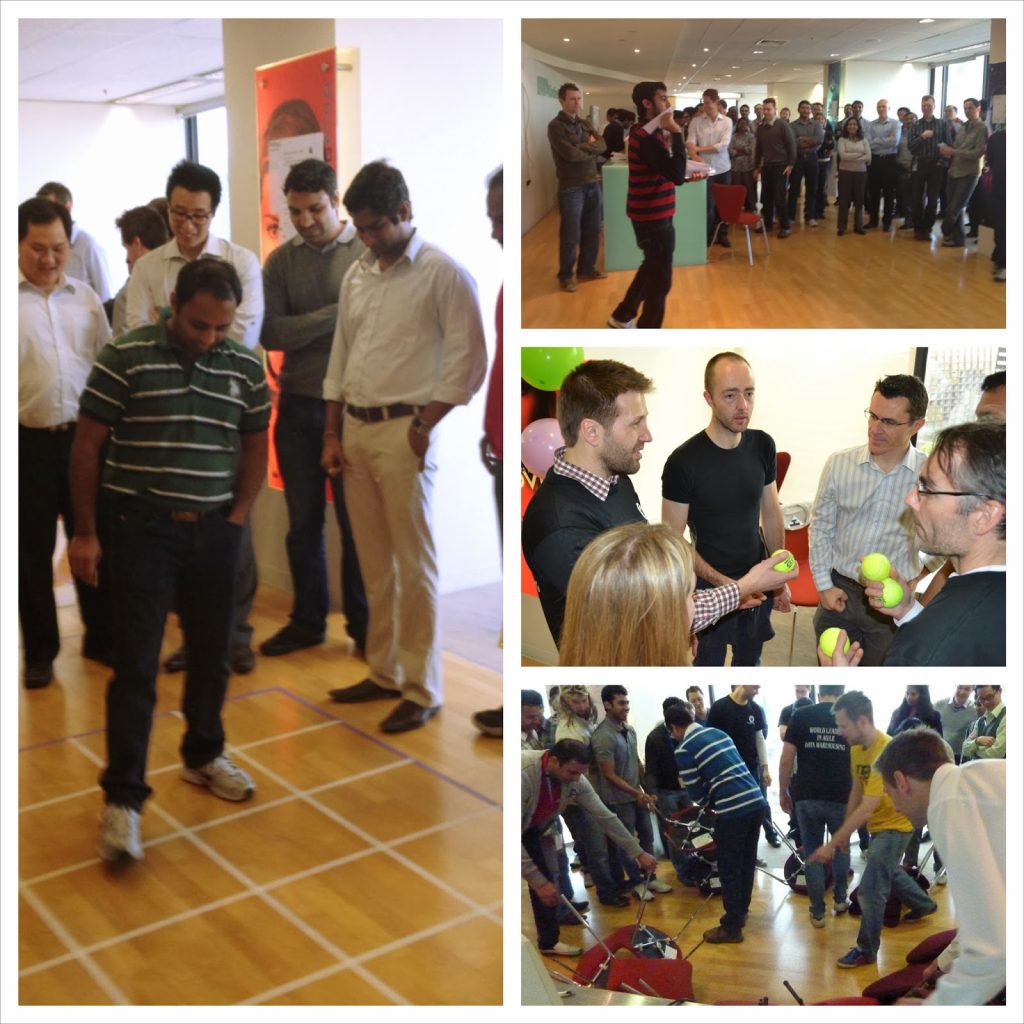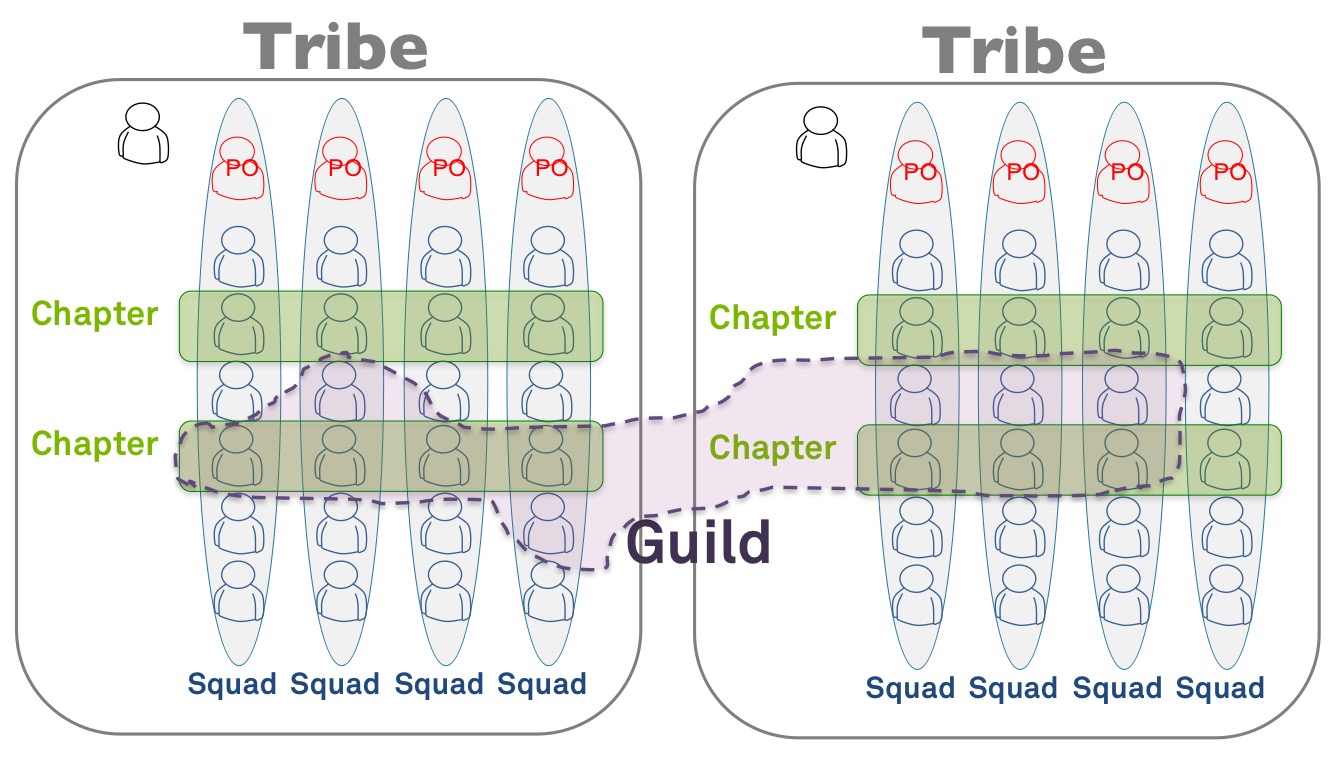- SAFe Training
- Choose a Course
- Public Training Schedule
- SAFe Certifications
- Leading SAFe
- Implementing SAFe
- Advanced SAFe Practice Consultant
- Leading SAFe for Government
- SAFe Lean Portfolio Management
- SAFe Release Train Engineer
- SAFe for Hardware
- SAFe for Architects
- Agile Product Management
- SAFe Scrum Master
- Advanced Scrum Master
- SAFe DevOps
- SAFe Product Owner/Product Manager
- SAFe Agile Software Engineering
- SAFe for Teams
- SAFe Micro-credentials
- Agile HR Training
Our Learnings From Training in a #SuddenlyRemote World
Those who know me, would be aware that I am not much of a fan of digital tools as a substitute for post-it notes, index cards and flip charts and up until recently this had never been a problem. So you can imagine the state of sheer panic I was in, when due to the COVID-19 restrictions I was going to need to start delivering SAFe training remotely!
My first call was to my long time friend, and remote agile expert, Mark Kilby. The message from Mark could not have been clearer - build in redundancy! In particular, he suggested having a chat app that is separate from the video conferencing tool. Before I spoke to Mark I don’t think I had even thought about a chat app! This turned out to be brilliant advice!
Chat
At Pretty Agile we use Whatsapp for messaging but I didn't think this was going to be a good fit for the training room. As a self proclaimed introvert, I had always found Slack rather “noisy”, but it did seem like the obvious choice, so we gave it a shot and so far it really has been a blessing! (And I have learnt how to control the notification preferences which has been a blessing for my sanity!)
In addition to providing a backup for our video conferencing tool, Slack was perfect for sharing information during and outside of classes. We created separate channels for class links, resources that folks might like to check out after class and a parking lot for questions that could be answered later. One of the nice things about each class having a Slack group is that they can, and do, continue to stay in touch with us and each other once the class is complete.
Video Conferencing
When it came to video conferencing, it was important to find a tool that supported break out rooms. While I would not call our research extensive, after exploring some options it seemed like Zoom was going to be the easiest choice (and easy was high on my list of priorities!).
Like any tool, Zoom has its limitations. Some of our lessons learnt:
- Have your participants download and install the Zoom client. While Zoom is accessible through a web browser we have found the client to be more stable
- We have had some students not be able to enter into a breakout room. When we have experienced this issue we have asked the participant to run all the updates for their device and restart. This usually solves the problem. It doesn’t suggest we they try another device and this has worked every time,
- At first we thought participants could not move freely between breakout rooms, which really sucked for the PI Planning simulation in Leading SAFe. We tried a couple of hacks - having people come back to the main room so they could be moved to another room and people using Slack to communicate across rooms and/or request moves. This was ok-ish. As it turns out there is a much smarter option - make everyone a co-host and they can move themselves between breakout rooms just like in the physical world! Just make sure to disable the record function if you don't want to empower all your new co-hosts to record the call!
With the puzzle of enabling people to move now solved we have found the breakout room functionality in Zoom to be the perfect fit for delivering SAFe classes online. As a host (or co-host) you can even drop in on rooms, in the same way you might walk around the physical classroom to support the breakout activities. In some respects this is better as “dropping in” isn’t as announced as walking up to a team workspace. Sometimes we just want to listen to see if things are progressing. Many times, teams don’t even know were in their room. It’s like ninja coaching.

Collaboration Tools
This was probably the thing that had me the most puzzled until I learnt of Mural from the SPCT community. While I am sure there are dozens of equally capable alternatives, I instantly fell in love with how well Mural could help us emulate the post it note and flip chart classroom experience. Of course there is significant effort involved in creating Mural workspaces for each class.

In many ways teaching remotely using Mural has been superior to teaching in a physical classroom. Being able to actually read people’s post-it notes is simply awesome! (Especially given I often co-facilitate classes with Adrienne who has self professed to have serial-killer handwriting!) This is particularly powerful for Implementing SAFe, SAFe Release Train Engineer, SAFe DevOps, SAFe Lean Portfolio Management and SAFe Advanced Scrum Master classes that all have heavy workshop components. An added bonus is that people seem to be much better at using the right colour post-it notes in an online environment!
The other collaboration tool that has been a bit of fun is Kahoot. I know a number of SAFe trainers were already using this fun quiz tool in their in person classes and I have to say I think I will be too; assuming we eventually return to in person teaching.
Facilitation
Of course, it is not really the tools that define the online training experience, it is the facilitation. Whether online or in person, facilitation is facilitation and the lessons I learnt from Jean Tabaka still apply: “Here is a good rule of thumb: You’ll need to apply two days of planning for every day of a highly effective meeting. That means that to plan a highly collaborative two-hour meeting, you should set aside four hours of planning time.”
Moving training online is not a matter of simply live streaming yourself standing at the front of a classroom. Your students expect more. They deserve more. Preparing to deliver remote training is not dissimilar to preparing for remote PI Planning. You need to step through every activity and determine how you are going to facilitate it online. Some activities will work as is and many will need re-work. There are a lot of “gotchas” in the remote world. Even activities that we thought would not need any additional help did. As it turns out when you move participants into breakout rooms, they can no longer see your screen share which means they won't see the activity instructions unless they have the course workbook open. You will also need to reconsider activity timing and breaks. Everything takes just a little bit longer in a remote world.
From day one we have chosen to use a minimum of two facilitators for all our online classes regardless of size. While this does cost us more, the feedback has been crystal clear, people appreciate having two instructors. This also means Pretty Agile can do its bit to keep more people employed through this economic downturn.
Working Agreements
As with any event working agreements are key. In the virtual world, it is very easy to get distracted by email and chat apps. Some of our favorite working agreements for online classes include:
- Video on
- Close all apps expect Slack, Zoom and Kahoot
- Close all browser tabs expect for Mural
- Use ELMO cards (Enough! Let’s Move On)
- Ask questions - either in the call or in the #questions Slack channel
- If you have an off topic question add it to #parkinglot Slack channel
- Have fun
- Make connections
- Vegas Rules - What happens in the class, stays in class.
Participant Technology Set-up
One of the challenges of delivering remote training is that not everyone is going to be familiar with the technology you have chosen. We address this by sending a detailed set of instructions for setting up Zoom, Slack etc. to all attendees a week or two before the class. We also schedule a mandatory 1-hour tech check call a day or two before the class. In this session we test every participant's ability to interact with all our tools. While this creates extra effort on both sides, it is well worth it.
One one occasion we had a private class where the client booked 30 minutes for the call and did not insist that everyone attend. We spent 90 minutes on the call with people constantly joining and dropping off. The end result was that some participants had technical issues during the class that were not found in the tech check due to the chaotic nature of the “30 minute” call. This impacts everyone’s learning experience.
Timing
The initial guidance we received from Scaled Agile Inc. was to break classes up over a number of shorter days. The goal being to try and address “Zoom exhaustion”. This meant spreading two day classes over 3 or 4 days. This seemed like good advice and we did try it.
We learnt that when the class is spread over more days attendees end up doing more context switching as they are still doing their day jobs. We also found that many participants were not actually getting a break from video conferencing as when they were not in class they were on video calls with their work colleagues. While we still offer this option for private classes all our public classes have reverted to the standard in person timing.
The other timing change we made was to how we manage breaks. We have a 10-minute break every hour and a 45-minute lunch break. This makes a huge difference and participants in our classes really appreciate it.
“Thank you both so much. This was a fantastic learning experience. I could not believe how fast the time went by. Your delivery and preparation was exceptional. Having a break every hour made a huge difference. I cannot understand why more facilitators don't do this!”Feedback from a participant in Pretty Agile’s Implementing SAFe class of July 2020.
Materials
In the physical classroom we give people physical workbooks and other class materials. Just because the course delivery is online, it doesn’t mean people won't want physical course materials. So in addition to the digital workbook provided by Scaled Agile Inc. we post out physical workbooks for the attendees along with any other swag they would receive in a regular in person class. After the class we export all the online classroom activities from Mural and email them out to all the participants.

If you are looking at running your own online classes, I hope the above guidance is useful. While we have shared the tooling choices we have made, we believe that you can accomplish the same outcomes with any number of tools. We shared our choices in order to inform yours rather than endorsements of specific tools. If you are looking to attend a Pretty Agile online class, I hope this post provides you with some insights into how our online classes work.
Whatever your situation remember to #StaySAFe out there and we hope to catch you online some time soon.
















